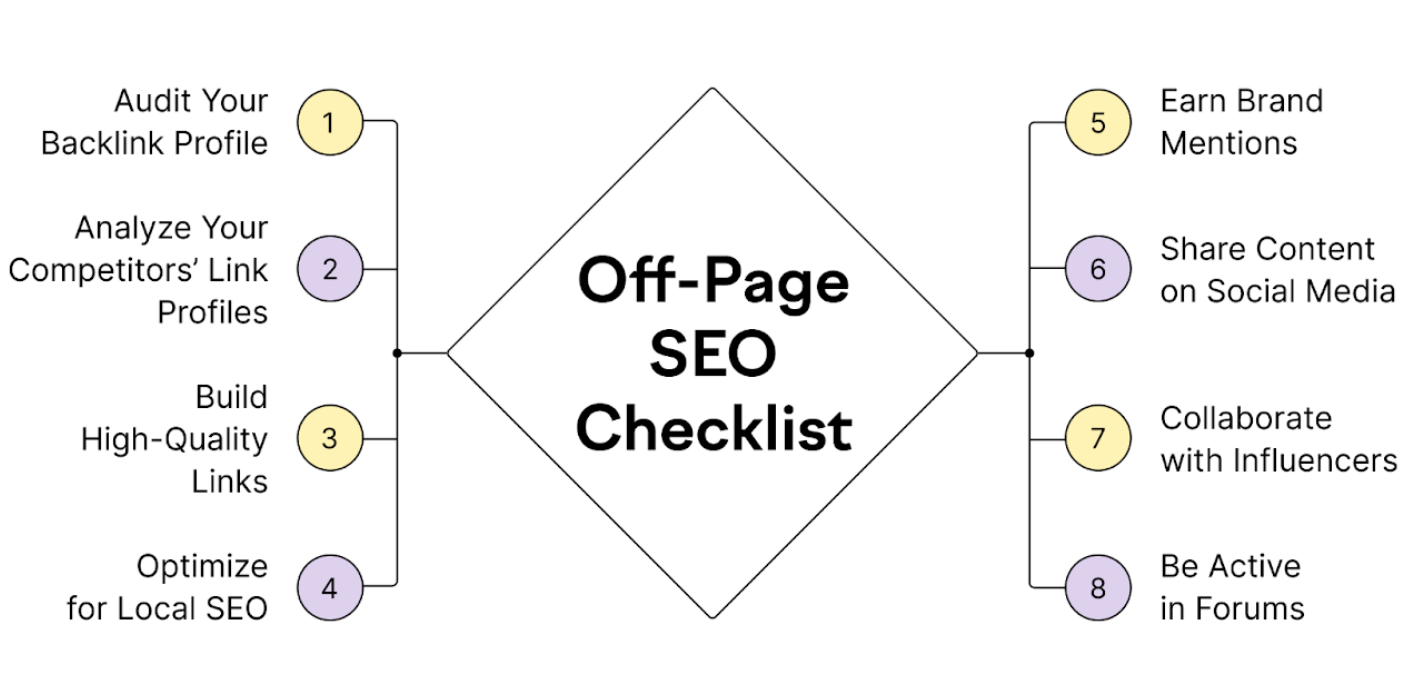In the fast-paced world of web development, Java stands as a stalwart language renowned for its versatility and reliability. From its inception, Java has played a pivotal role in shaping the digital landscape, and its adaptability has made it a go-to choice for developers seeking to build robust, scalable web applications. This article serves as a comprehensive guide on harnessing the capabilities of Java in web development, exploring the diverse tools, frameworks, and best practices that make Java an indispensable asset in creating dynamic and feature-rich web solutions. Whether you’re a seasoned developer or just embarking on your coding journey, understanding how to leverage Java effectively will unlock a world of possibilities for crafting robust and efficient web applications. Join us as we delve into the nuances of utilizing Java to build cutting-edge web solutions that meet the demands of today’s ever-evolving digital landscape.
How to Use Java in Web Development
Here, we will explore how Java can be harnessed to create dynamic and scalable web applications.
Java in Web Development
Java’s entrance into the web development realm was marked by the introduction of Servlets and JavaServer Pages (JSP). Servlets act as server-side components, handling HTTP requests and responses, while JSP allows for the dynamic generation of web pages using Java code embedded within HTML. These technologies laid the foundation for Java’s integration into the web.
The Java Servlets Advantage
Java Servlets play a crucial role in web development by handling requests and responses on the server side. Servlets provide a robust framework for building scalable and efficient web applications. They enable developers to create dynamic content, manage sessions, and interact with databases, making Java ideal for building feature-rich web applications.
JavaServer Pages (JSP)
JSP complements Servlets by allowing developers to embed Java code directly into HTML pages. This combination facilitates the creation of dynamic web content, as Java code can be seamlessly integrated with HTML. JSP simplifies the development process, offering a more natural way to build web pages with dynamic elements.
Java Frameworks for Web Development
As web development evolved, so did the need for more structured and efficient frameworks. Java responded to this demand with the emergence of powerful frameworks like Spring, JavaServer Faces (JSF), and Struts. These frameworks provide a higher level of abstraction, promoting modular and maintainable code.
a. Spring Framework
The Spring Framework has become a cornerstone in Java web development. Known for its flexibility and modularity, Spring offers a comprehensive ecosystem that simplifies various aspects of web application development. It provides modules for handling data access, security, and dependency injection, making it a go-to choice for enterprise-level applications.
b. Java Server Faces (JSF)
JSF is a Java web application framework that simplifies the development of user interfaces for Java EE applications. With its component-based architecture, JSF allows developers to create reusable UI components and manage the application’s state effortlessly. This approach enhances productivity and code maintainability.
c. Struts Framework
Struts, an open-source framework, has been a stalwart in Java web development for many years. It follows the Model-View-Controller (MVC) design pattern, providing a structured way to organize code. Struts simplifies the development process by separating concerns, making managing and scaling applications easier.
Java Persistence API (JPA) and Hibernate
Web applications often require interaction with databases to store and retrieve data. Java Persistence API (JPA) and Hibernate are Java-based solutions that facilitate database access and management. These frameworks simplify the integration of relational databases into web applications, allowing developers to focus on business logic rather than database intricacies.
RESTful Web Services with JAX-RS
Building scalable and interoperable applications is essential in the era of web services. Java API for RESTful Web Services (JAX-RS) provides a standardized way to create RESTful web services using Java. With JAX-RS, developers can design APIs that adhere to REST principles, promoting simplicity, scalability, and ease of integration.
Conclusion
Java’s role in web development has evolved significantly, and its adaptability has allowed it to remain relevant in a rapidly changing landscape. From the early days of Servlets and JSP to sophisticated frameworks like Spring and JSF, Java continues to empower developers to build robust, scalable, and feature-rich web applications. As technology advances, Java’s versatility ensures its continued prominence in web development. Whether you’re a seasoned developer or a newcomer to the field, exploring Java’s capabilities in web development can open doors to a world of possibilities.



